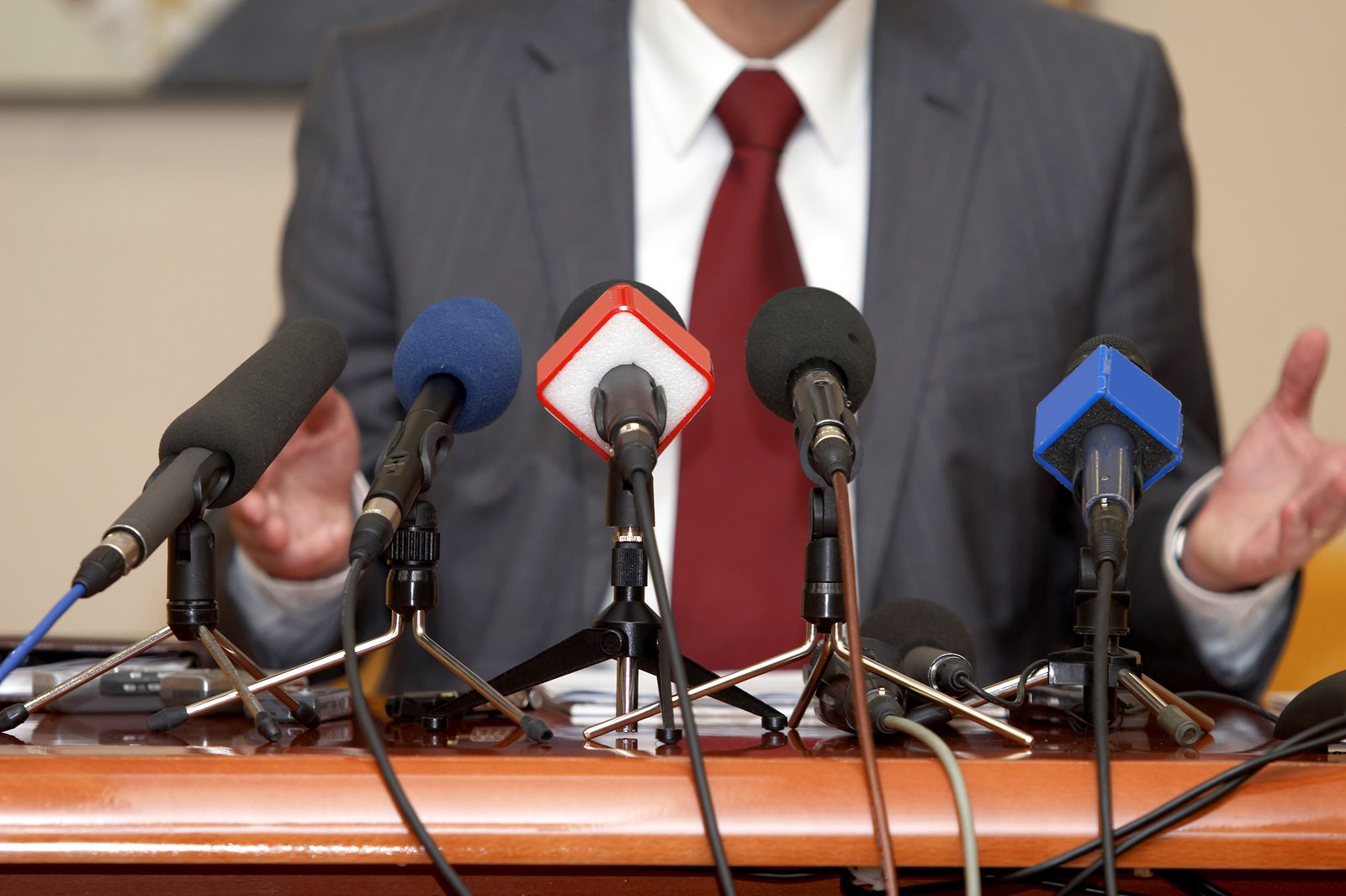News Creators Miss The Real News
By Robert Masters
Business and communication leaders are no strangers to the ‘gotcha’ journalism that appears to be a fundamental element of news-making (as opposed to news reporting) today.
Instead of reporting news, by seeking to create it and get climate change on the G20 agenda, the media fell into its own trap, and largely missed the main story.
The St Petersburg G20 summit of last year identified the G20’s immediate task was breaking the cycle of low growth and diminished business and consumer confidence. There are tens of millions fewer jobs and global trade still has a way to go to return to pre-financial crisis levels.
Not small issues one could say! But they don’t make headlines in the land creative news. You need the really important issues of warships off the coast, streets in lockdown, cops on buses, people heading out of town, and you need to manufacture a conflict or embarrassment… that will satisfy today’s news creators.
Because US President Obama agreed to a pre-conference climate agreement with China, to come into effect in 15 years (2030), and he raised the issue in a public address, the news creators played their game (no doubt influenced by climate change advocates) by claiming that the whole thing had become the ‘gotcha’ moment for the Prime Minister.
Let’s not worry about the next five years, let’s look 15 years ahead and postulate on this. Forget the need for jobs, higher living standards and greater financial stability in the next few years. Don’t worry about trying to lift G20 GDP by more than 2% by 2018, which would translate to $US2 trillion in real terms in global economies, bringing 100 million more women into the work force, creating millions of jobs.
Hardly any of this was reported in the following day’s TV and radio media; let alone the item, which showed that the G20 supported strong and effective action to address climate change. (Item 19 in the final communiqué). To their credit the major newspapers did give it coverage, but continued to speculate on the policy gap between Australia and China/USA, even though Australia has not announced its final policy for the Paris COP on Climate Change in November 2015.
If serious and important news is not an agenda item for the news creators of today, business and communication leaders need to take this into account when they are dealing with issues that they believe are important.
The ‘spinning’ of news stories by the news creators must be taken into account in any media planning. There is a need to analyse how each media outlet, including social media, is likely to treat news if the key message is not to be lost in the noise of the news creators’ ‘gotcha’ journalism.




